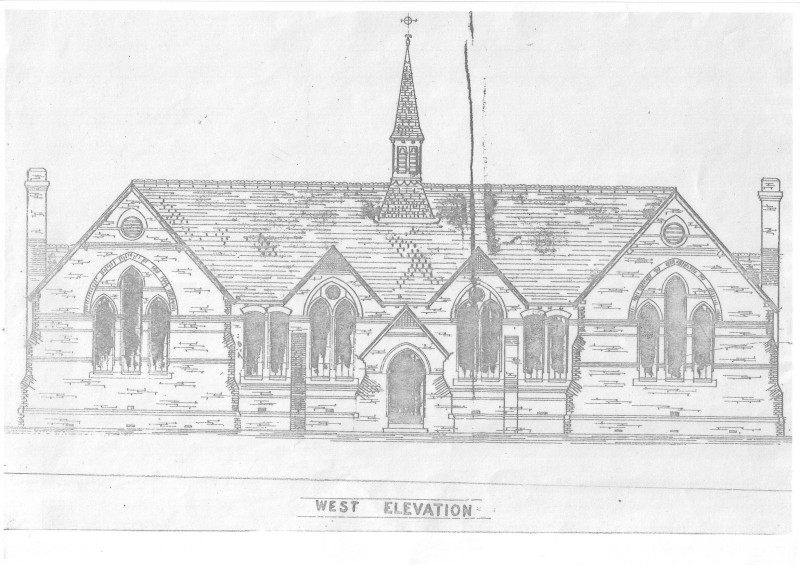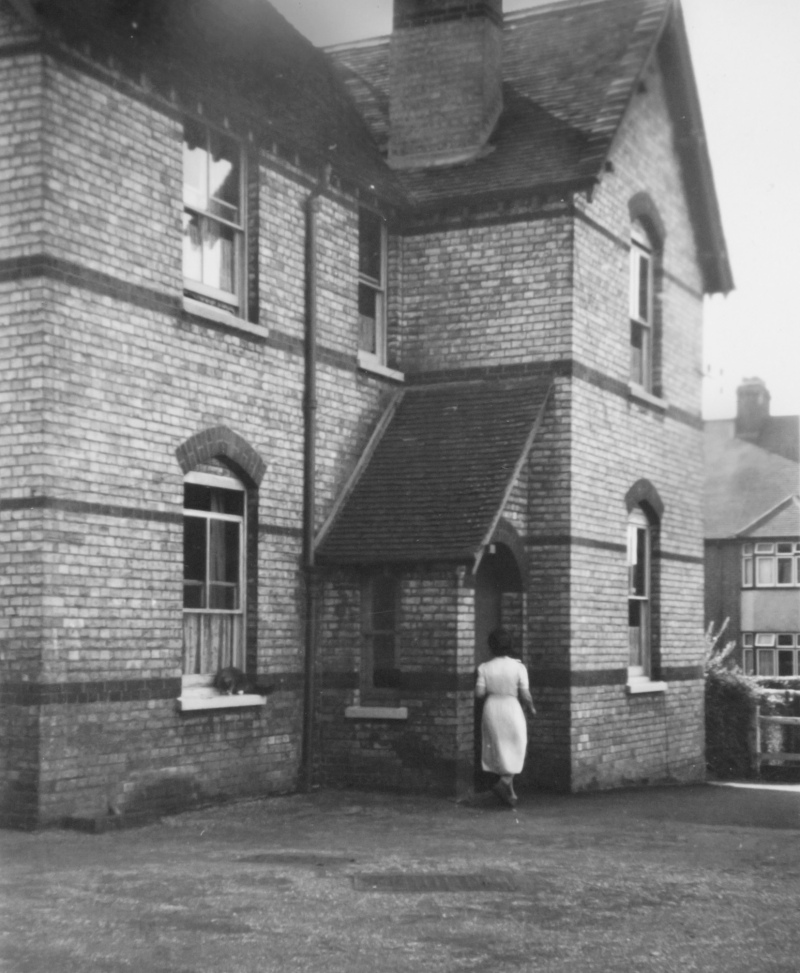The information in this blogg has come from the Records Office at County Hall ,Bedford in 1975 , and Maureen Howell an ex Arlesey Teacher.
I believe this school and the Station were called Arlesey Siding because they donated free bricks for the buildings if they were called after the Brickyard.Later when the brickyard had a change of name and owners they both changed their names.Arlesey Siding station to Three Counties station.When the wooden W.I. was burnt down they definitely this time supplied the bricks for free.I have read that.

In 1870 the Forster Elementary Education Act was passed, and newly-formed school boards were elected to make attendance at school compulsory for children between the ages of five and thirteen. Forster’s Act had two main aims ‘ to cover the country with good schools and to get the parents to send their children to these schools.
ARLESEY SCHOOL BOARD
To comply with the Education Act of 1870, elections were held in the small Bedfordshire village of Arlesey to appoint a School Board. The candidates for the election were moderately well-off by current standards and included the vicar of the parish.
The first meeting of the Board was held on June 24th 1874 and a clerk was appointed at a salary of £40 per year. The Board discussed the purchase of land in the village and an advertisement was placed in a national magazine, ‘The Builder’, for architects to submit plans for the new school, which was to accommodate three hundred children.
THE ARLESEY SCHOOL BUILDING
By March, 1875 tenders had been received from builders ranging from £4,937 to £1,925 The lowest was too low; the builder withdrew his tender as he had forgotten to include the cost of the ironwork! (The only iron railings i can remember were the ones outside the school gates which stopped children from running straight across the road.)The second lowest tender was approved at £2,185 and a loan of £3,036 was made to the board for building and land.

TEACHER HOUSING Mr Curran lived in this house , but moved up to Etonbury School we that opened in 1954.
The school, school house and outbuildings were built on land of one acre and sixteen poles in extent, purchased for £325 and situated in the village High Street next to the Three Tunns.

A TEMPORARY CLASSROOM i was taught for 2 years in here. 1960-62 Miss Aaron and Mr Barratt.In this photo is Miss Philips and Mr Barratt.The year above me.Moira (Geekie) Houghton .The clever children my age were moved up to the next class.I can see Ingrid Vinns , Brenda Rumbold , Roger Wiltshire ,and Gillian Steptoe.Sorry if I have failed to recognise anyone.

Carol Lombari was expecting our son Paul in 1977.The school was demolished soon after , hence me taking the photo.

POOR FACILITIES
Although it was a nice new school , it wasn’t a pleasant experience.They had next to no heating ,equipment or books .The first headmaster of the school was paid a salary of £85 per annum and the use of the school house and free coal. The Board expected the services of his wife to be provided without salary.
The new school opened on September 4th 1876.Approximately one hundred boys, sixty girls and sixty three infants attended during the first few days. The register would have recorded higher figures on the roll but attendances during the first few years seldom rose above eighty per cent.


The School Board exercised their powers requiring all children over 5 and under twelve years old to attend school unless the child has passed the third standard. In that case the child was exempt from attending school.
ST PETERS SCHOOL
This was built in 1861 and was run by the Church of England.Not all the children of the village were to attend the new school. The distribution was decided as follows: “Girls and Infants north of St. Peter’s School (Old Church School taken over by the Board in 1875).,would go to this old school and All boys, no matter where they lived and girls and infants south of St Peters School were to go to the new school.

Mr A.J.Appleby was the headmaster of the Junior school when I went there 1958-62.Mrs Edgell the vicar’s wife was presenting Kaye Johnson and Me the Sports Day Cup.

Reverend Bevan holding an outdoor service on King George V ‘s Silver Jubilee Day.Oh yeah the iron railing they were talking about.
The school, typical of the age and area, was built of white and red brick and slate. It was comprised of three classrooms, two of which were 40′ x 20′ and the third, 60’x 20’
PLAYGROUNDS AND LAVATORIES
There were two earth playgrounds, one at the front of the building for the boys and one at the rear for the girls and infants. In the corner of each playground was a row of lavatories hidden behind a corrugated iron screen.
That were usual for a country village. They were the bucket-type lavatories, with a plank of wood with a hole in it on top for the seat. The buckets were emptied by the night soil collector who came with his horse and cart every night. It would appear that these were still in use until the 1920’s .
Just four weeks after the opening of the new school, the headmaster was rebuked by the Board for ordering books to the value of £20.4.7 (£20.23) without permission. The initial order list, which included 36 bibles, 1 gross copy books, 1,000 slate Pencils, 1 gallon Ink and 50 Royal Readers.
OVERCROWDED CLASSROOMS
Within four years a teacher was informing the Board of over-crowding and that with over one hundred children in one room, another must be built. It was resolved by turning the Infants lobby, which was unused, into another class room for the boys.
This seems to have relieved the pressure on the space for a time. Nine years later estimates were approved to build a new classroom to accommodate sixty girls. Further building took place and the school was closed for nine days as work on two new classrooms was begun on March 9th 1895.
DIRTY CLASSROOMS
In the early days of the school there were numerous complaints of dirty rooms and Mr. H was appointed to sweep out the rooms daily, for which he was paid two shillings a week. It was not until the end of each term that the rooms were washed and cleaned thoroughly.
OIL LAMPS
The school was originally lit by oil lamps and in 1905 gas lighting was installed was after a tender for £18 was accepted by the County Council. The installation of a mains water supply was also undertaken in 1906. The Gas lighting was replaced by electricity in 1933.
POOR HEATING
Heating of the classroom was not adequate. On e coal fire at the end of each room barely took the chill from the air. One teacher reports that the children were brought to the fire in groups to give them a little relief from the cold. Eight inches of snow and a severe shortage of coal resulted in the closing of the school for short periods from February to May 1919. When opened, attendances were recorded of one hundred and ten children out of two hundred and fifty on the register. Owing to the low temperature in the classrooms (38 ̊ F. to 44 ̊ F.), when the children did attend, the normal timetable “was not adhered to and lessons requiring movement was the order of the day. In 1930 the heating of the school was modernised and central heating was installed. The mud playgrounds were tarmaced in 1910.
NO MUSIC FACILITIES
So the board got them a gramophone. There was no piano until.1923 when the school raised £23 by having a concert and were able to buy one themselves.
SCHOOL LAYOUT
A layout of the school , notice all the temporary class rooms.I believe that is why a new school was built.There were more temporary class rooms than brick ones.

Sending your children to school wasn’t actually free. It cost the parents 2p per child per week to attend school.If it wasn’t paid the children were sent home.This was half the running costs.The rest of the money was obtained by a government grant.
Canteen built wasn’t until 1948 when school dinners were introduced to make sure all children had at least one hot meal a day.It was said you needed to be fed to be able to learn properly.